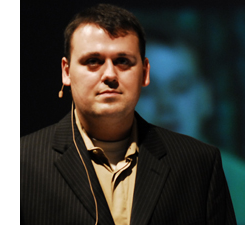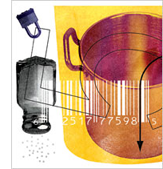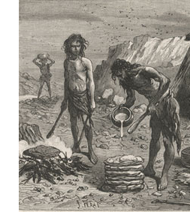
Chairman and founder of Cantu Designs and executive chef of Moto restaurant Homaro Cantu shows how our expectations of food based upon what we know or are familiar with can be used to change texture, taste, smell and flavor and create new experiences. Great example of designing a new food experience with known ingredients but with different processes. Transmogrification (a.k.a. the process or result of changing from one appearance, state, or phase to another) is what he does.
From Pop!Tech 2006: “Part mad scientist, part artist, chef Homaro Cantu pushes the traditional limits of known taste, texture and technique in a stunning futuristic fashion. With lab partner Ben Roche, Homaro slices and dices technology to reinvent the way people eat.”
Watch his presentation at Pop!Tech 2006.
In this podcast (ITConversations), he talks about his background, restaurant and dishes.
courtesy filip borloo



 on the challenges to design, setup and evaluate a user experience in hybrid contexts, i.e. physical and digital ones, of everyday life.
on the challenges to design, setup and evaluate a user experience in hybrid contexts, i.e. physical and digital ones, of everyday life.